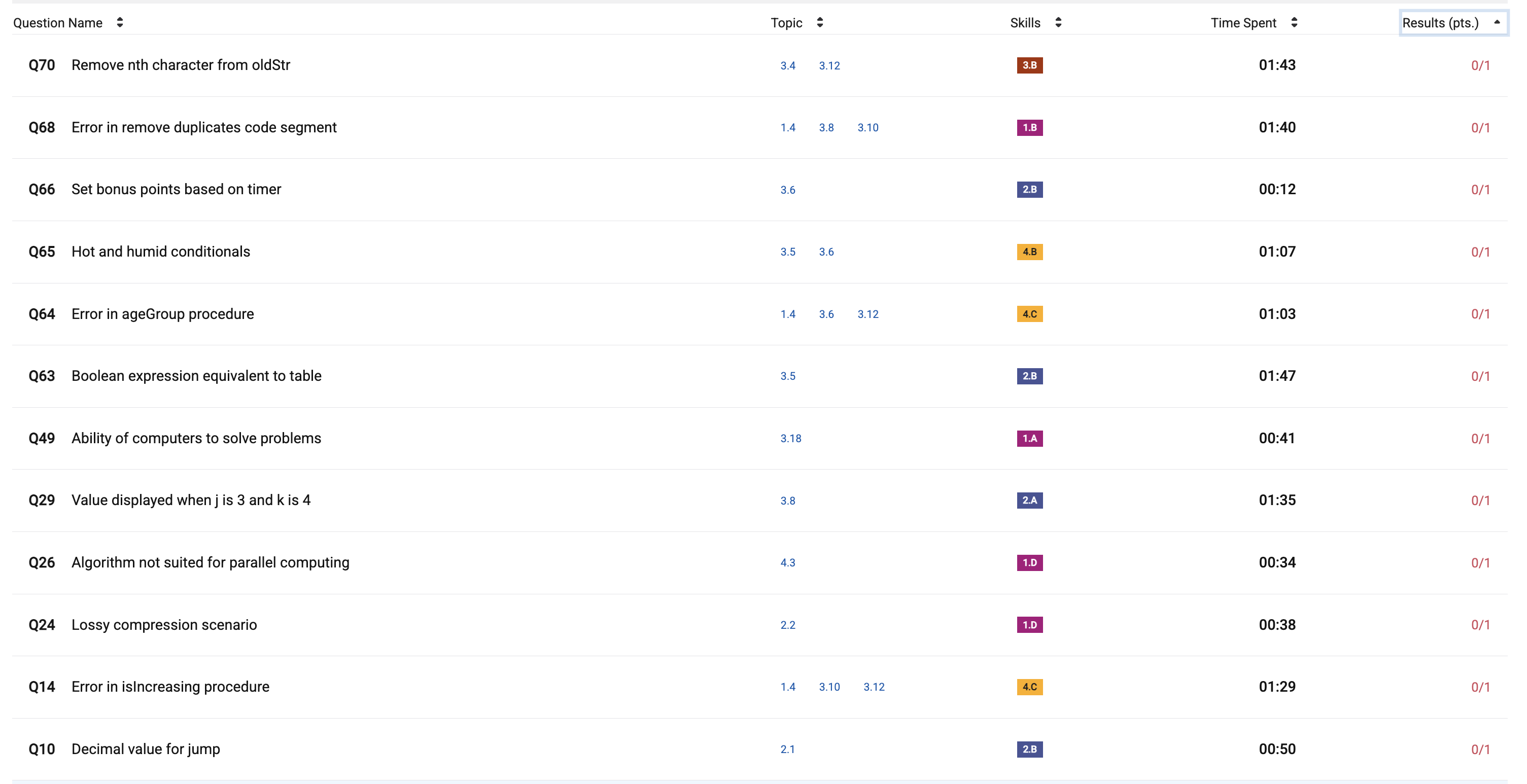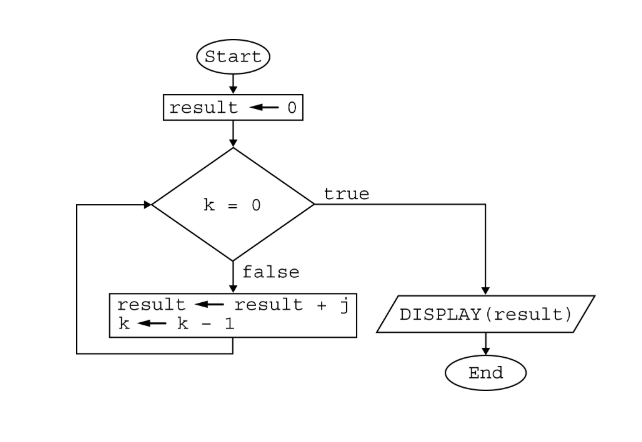Study Guide
TRIMESTER ONE
Trimester One Teaching Content (Click Here!)
Trimester THREE
| Lesson | Key Points | Official Notes |
|---|---|---|
| Digital Divide | - The Digital Divide can happen because of language barriers, socio-economic class, physical borders, and much more. It doesn’t always concern money. Improvements in infrastructure and opportunity can lessen this divide. | Notes |
| Computing Bias | - Explicit Data is things the user directly provides when signing up for a platform. Implicit Data is data that’s inferred based off of the user’s activity. Algorithmic Bias is when there is a faulty computer system. Cognitive Bias is when a person introduces their own subconcious bias. Data Bias is caused by small, inaccurate data. | Notes |
| Crowdsourcing | • Crowdfunding: Raise money by collecting small contributions. Leads to innovation by allowing small companies to launch. Crowd Creation: design competitions, wikipedia. Leads to innovation by allowing multiple people to be creative and work together. Crowd Voting: Collect public opinion through surveys. By taking public opinion into account, society can innovate better. Crowd Wisdom: Using collective intelligence for problem-solving. (Reddit, Quora, etc). Leads to innovation by allowing people to get their questions answered. | Notes |
| Legal/Ethical Concerns | -Open Source Software (OSS): Publicly available for everyone fo modify and distribute. Open Access Code: More like research materials. | Notes |
| Safe Computing | - Symmetric Encryption, Asymetric Encription, Hashing. (sing key for both, public for encrp private for decryp, and transforms data into a string of numbers ) | Notes |
| Binary Search Algorithms | - Decimal to binary (Take number, divide by 2, Use remainder. Go from bottom to top.) Binary to decimal (Right to left, Exclude all zeros when adding 2^n) | Notes |
| Lists and Filtering | You can append and transvers through a list. Lists are always defined with variables. There is Binary and Linear filter/searching. | Notes |
| Siumlations/ Randomness | - Uniform (equal probability), Gaussian (Bell Curve, Normal distribution), Weighted (lower numbers with higher distribution) | Notes |
| Big O/ Efficiency | - There is Bubble sorting and merge sorting. Merging is more efficient. There is a lot of notation and math to this one, O(n log n) is for merging. MAKE SURE TO REVIEW THIS. | Notes |
| Undecidable Problems | Notes |
EXTRA RESOURCES
MCQ Completion
Results

Time Spent: 1 hr 19 min
Results: 58/70

Concepts I got Wrong:
- Although there were slight mistakes everywhere, the most common repeated mistakes I made were within Big Idea 3, more specifically 3.12, 3.10, 3.6. (Calling Procedure, Lists, Conditionals). Below is an example of a question format that I missed a lot.

- I noticed that the a lot of this content was covered in the Big O and Algorithms lesson, which was after I took the MCQ. This tells me that I should focus on really reviewing and understanding the notes I took during classtime, since the MCQ content comes directly from that.
| Key Strengths | Weaknesses |
|---|---|
| I noticed that I’m a lot better at conceptual questions that have to do with things like Crowdsourcing, Cybersecuity, Digital Divide, etc. It’s easier for me to think of CS applications than the actual coding part of it. Timing is also a strenght, since I can finish the test at a faster pace. I should make sure to mark down questions that I consistently struggle with so I can review at the end. | Improvments should be made around actual coding concepts. Questions that ask to analyze code or fill in the missing code is a constant struggle for me. I’m going to work on improving this by going over code that we do in class and using resources like ChatGPT or Gemini to quiz and help me. |
Corrections
Q10: Correct Answer: C, I put D
- Incorrect math work; I understand how to correct my mistake. 11000 as a decimal is 2^3+2^4.
Q14: Correct Answer: C, I put A
- This is another Lists problem. This algorithm functions based off of true of false booleans, so they need to be switched around in order to work properly.
Q24: Correct Answer: C, I put A
- Lossy Compression is where minimizing data size and transmission time is prioritized over data quality, and should be used for simple things like music file storage as shown in the question.
Q26: Correct Answer: A, I put B
- Parallel computing is when differnet parts of the same task are run at the same time for efficiency. However, if each part of the task needs to be done in a chronologial order, the efficiency of parallel computing is limited, which is why A is the right answer.
Q29: Correct Answer: D, I put A
- The purpose of the flowchart is to show that the end result if j*k. So , if j is 3 an k is 4, the end result should be 12 as showin in answer D.

Q49: Correct Answer: D, I put C
- As we learned in unsolvable problems, algorithms cannot solve every problem known to mankind, which is why C is incorrect and D is correct.
63: Correct Answer: D and A, I put B and C
- The importance in this question is the AND/ OR statements. Using the AND statment in this case will lead to all the outputs coming out as false, whilt he OR statment will give us true.